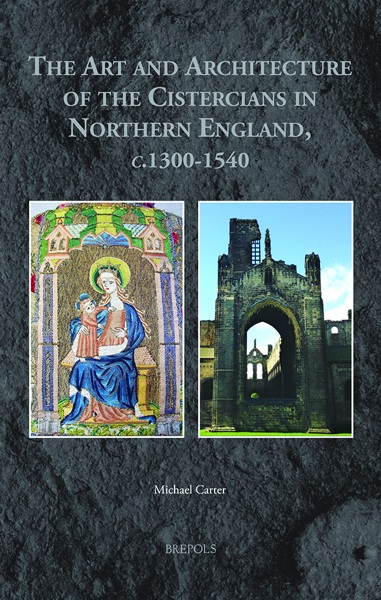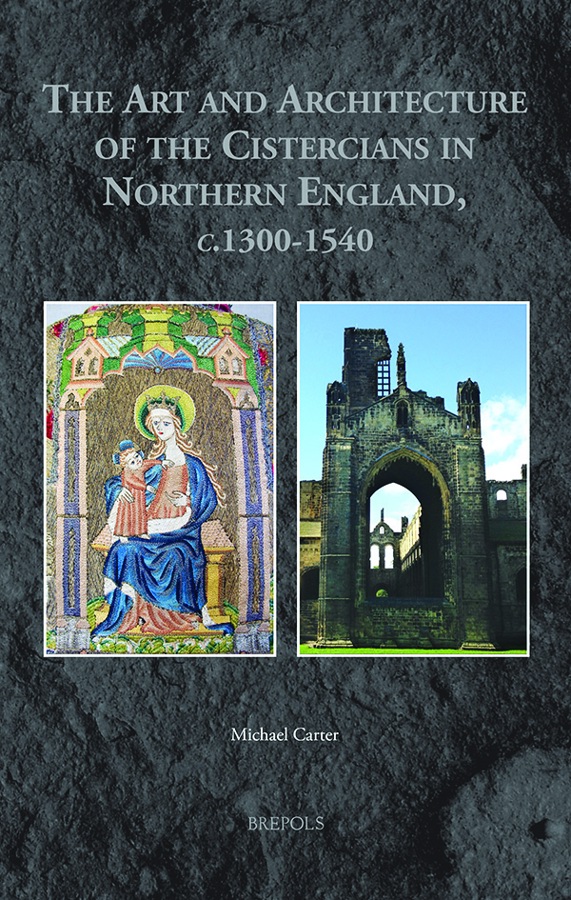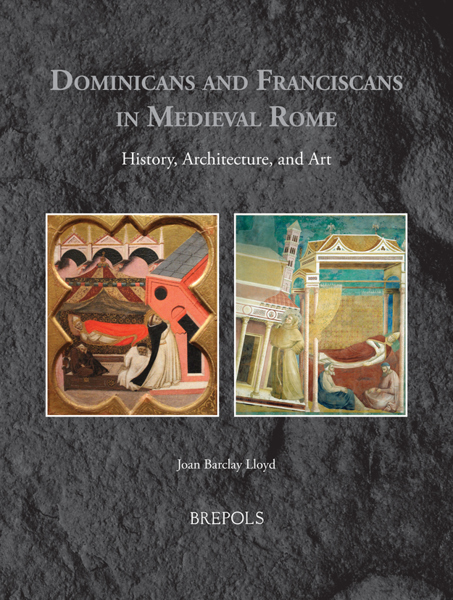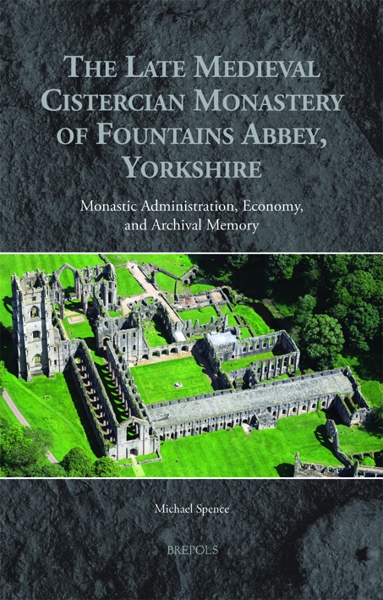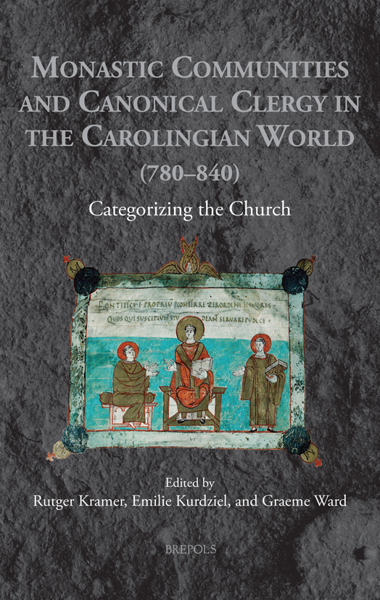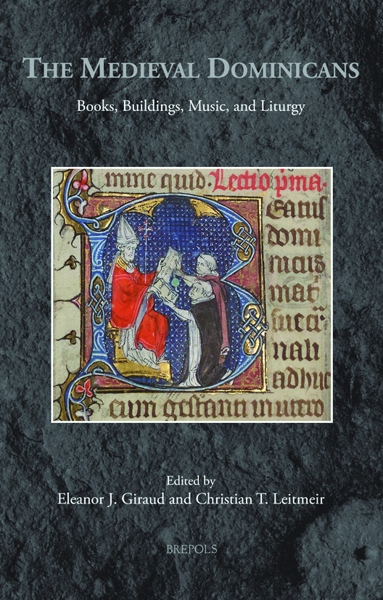
The Art and Architecture of the Cistercians in Northern England, c.1300-1540
Michael Carter
- Pages: xlvii + 328 p.
- Size:156 x 234 mm
- Illustrations:110 b/w, 8 col., 4 tables b/w.
- Language(s):English
- Publication Year:2019
- € 110,00 EXCL. VAT RETAIL PRICE
- ISBN: 978-2-503-58193-4
- Hardback
- Available
- € 110,00 EXCL. VAT RETAIL PRICE
- ISBN: 978-2-503-58194-1
- E-book
- Available
A major reappraisal of the art and architecture of the Cistercians in the late Middle Ages
"This book is well written, highly readable, and rich in factual detail and interpretive commentary. By revealing the thriving English spiritual culture of late medieval Cistercians, Michael Carter has placed a virtual doorstop against the myth of their decline" (Marsha L. Dutton in Church History 90/3, 2021, p. 679)
"There can be no doubt that this book will stand as a major contribution to European Cistercian studies. Indeed, it should be essential reading for all those working on the late medieval history of the order." (David M. Robinson in Journal of the British Archaeological Association 174/1, 2021, p. 4)
"Das Buch von Carter bleibt (...) ein äußerst materialreicher und fundierter Beitrag zur spätmittelalterlichen Architektur und Kunst der Zisterzienser." (Jens Rüffer, in Sehepunkte, 19.12, 2019)
“Carter has assembled much fresh material on the later history of the order in the north of England has been assembled in this study, and he deserves particular praise for elucidating the Cistercian spirituality that underlaid their art and architecture until the very end. In addition to eight color plates, the volume contains a wealth of black-and-white illustrations, a very detailed bibliography, and a full index.” (Claire Cross, in Journal of British Studies, 59/3, 2020, p. 653)
“Carter displays a sharp eye for the detail of architecture and artefacts – which he reinforces with a fine selection of photographs of subjects that are not all of them well-known”. (James G. Clark, Journal of Ecclesiastical HIstory, 72, 2021, p. 164)
“The Art and Architecture of the Cistercians in Northern England, c. 1300-540 succeeds in its goal of illustrating that late medieval Cistercian art and architecture is just as worthy of study as is that of the twelfth and thirteenth centuries and deserves further attention. Author Michael Carter has written a book that will appeal to a wide variety of scholars, both historians and art historians.” (Katherine A. Rush, in The Medieval Review, 09/05/2021)
“It is essential reading for those interested in the English Cistercians in the later Middle Ages. It is a major piece of original research and study which has greatly advanced our knowledge and understanding of the late Cistercians in the north, and, for that matter, in England generally.” (Stuart Harrison, in Cîteaux, 70/3-4, 2019, p. 390)
“This volume is an important contribution to monastic studies. Happily, the scholarship is complemented by fine production values, as would be expected from a Brepols publication (…)” (Richard Fawcett, in Ecclessiology Today, 62, 2023, p. 86)
The Cistercian abbeys of northern England provide some of the finest monastic remains in all of Europe, and much has been written on their twelfth- and thirteenth-century architecture. The present study is the first in-depth analysis of the art and architecture of these northern houses and nunneries in the late Middle Ages, and questions many long-held opinions about the Order’s perceived decline during the period c.1300–1540. Extensive building works were conducted between the fourteenth and sixteenth centuries at well-known abbeys such as Byland, Fountains, Kirkstall, and Rievaulx, and also at lesser-known houses including Calder and Holm Cultram, and at many convents of Cistercian nuns. This study examines the motives of Cistercian patrons and the extent to which the Order continued to enjoy the benefaction of lay society.
Featuring over a hundred illustrations and eight colour plates, this book demonstrates that the Cistercians remained at the forefront of late medieval artistic developments, and also shows how the Order expressed its identity in its visual and material cultures until the end of the Middle Ages.
Acknowledgements
List of Illustrations
Abbreviations
Colour Plates
Introduction: Debates and Definitions
Chapter 1: The Evidence
Chapter 2: Patronage
Chapter 3: Religious Art
Chapter 4: Death and Commemoration
Chapter 5: The Art and Architecture of Cistercian Nuns
Chapter 6: Suppression and Survival
Conclusion
Bibliography
Index
